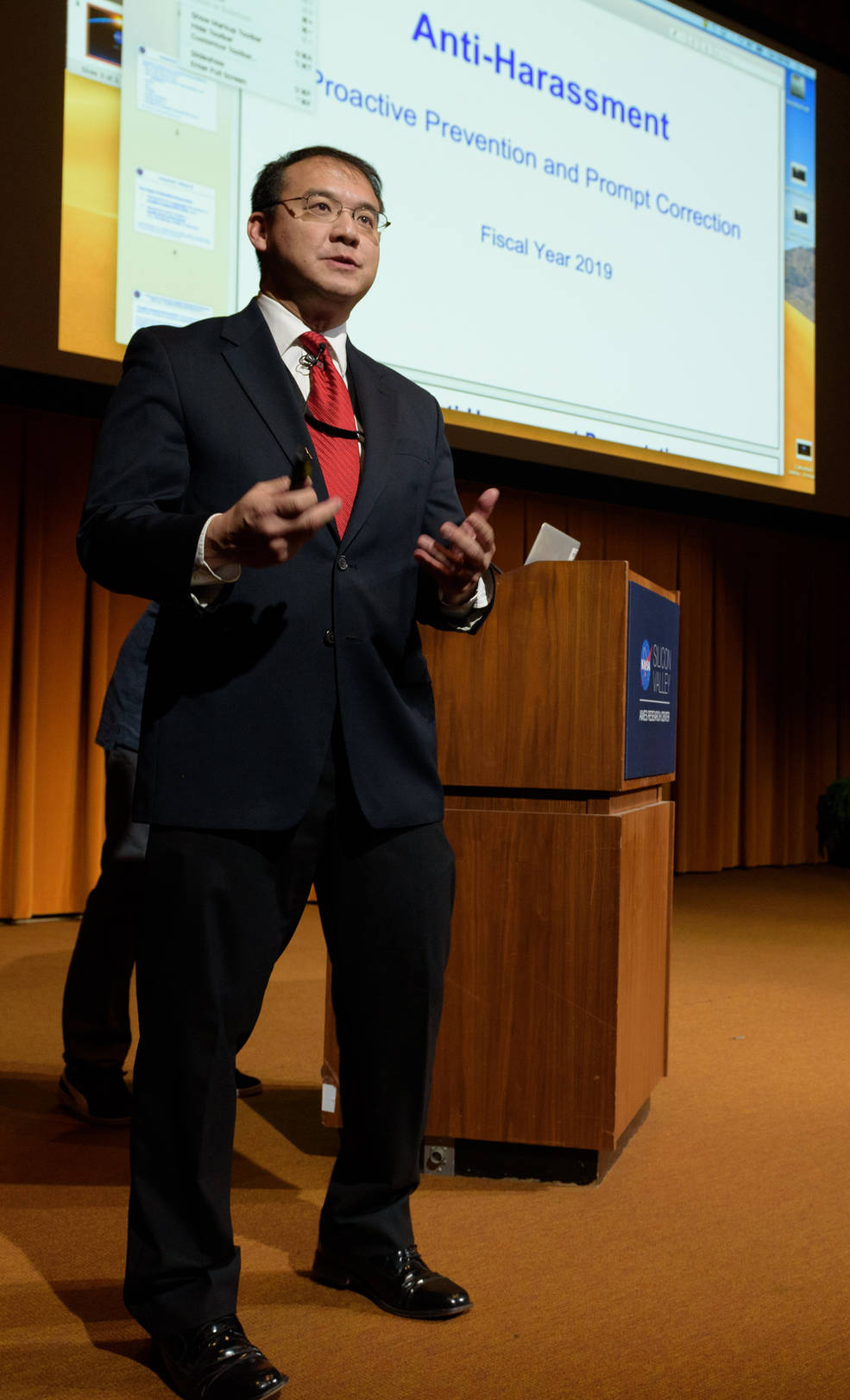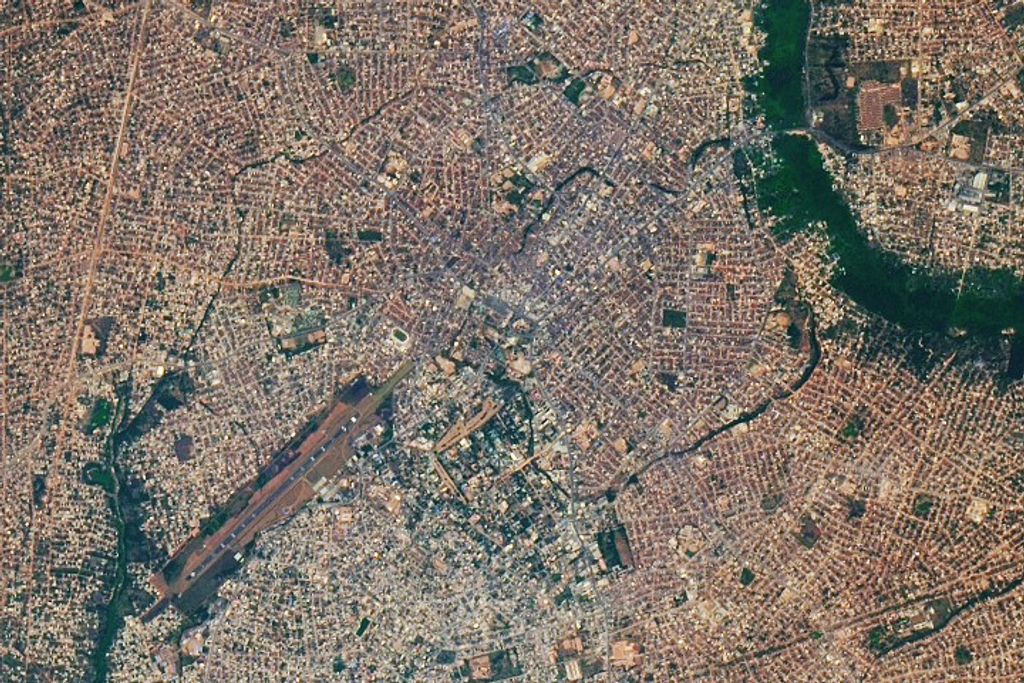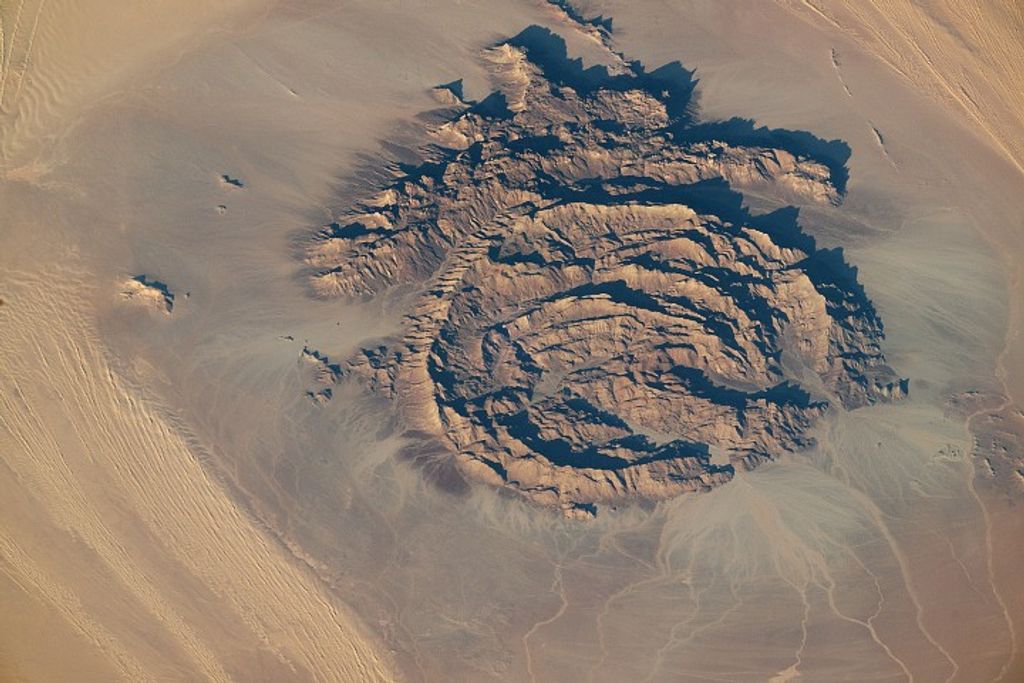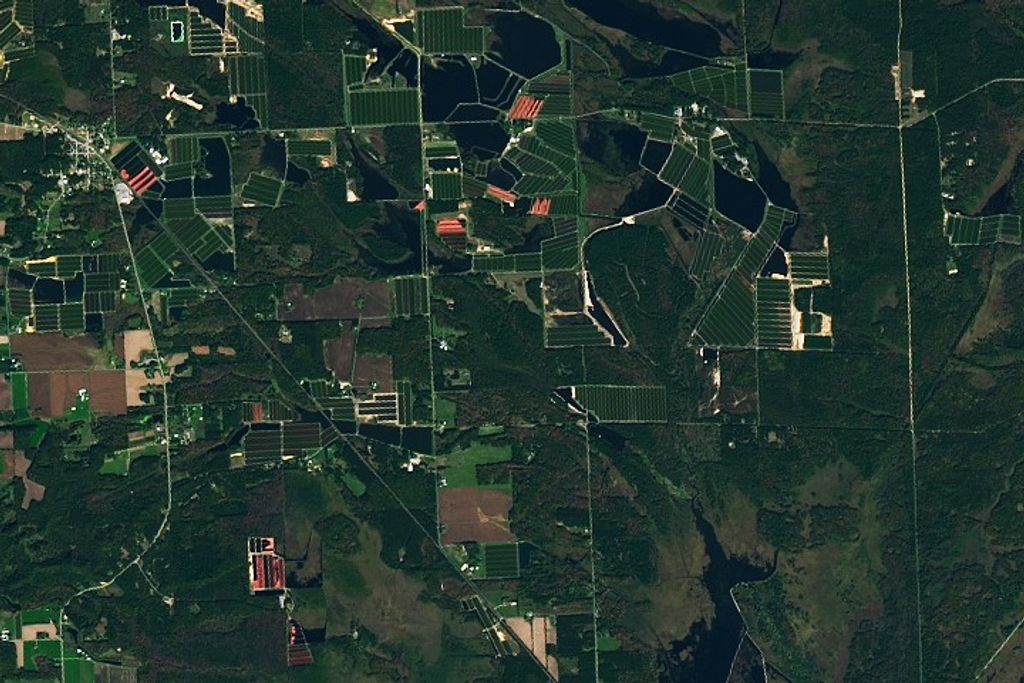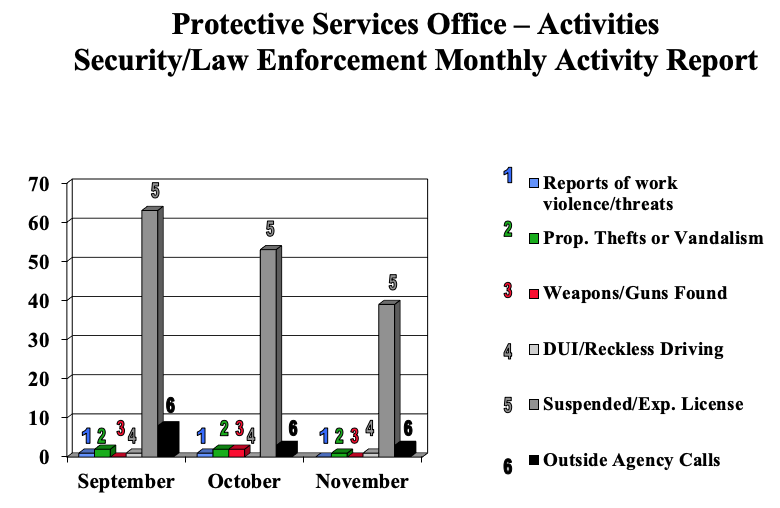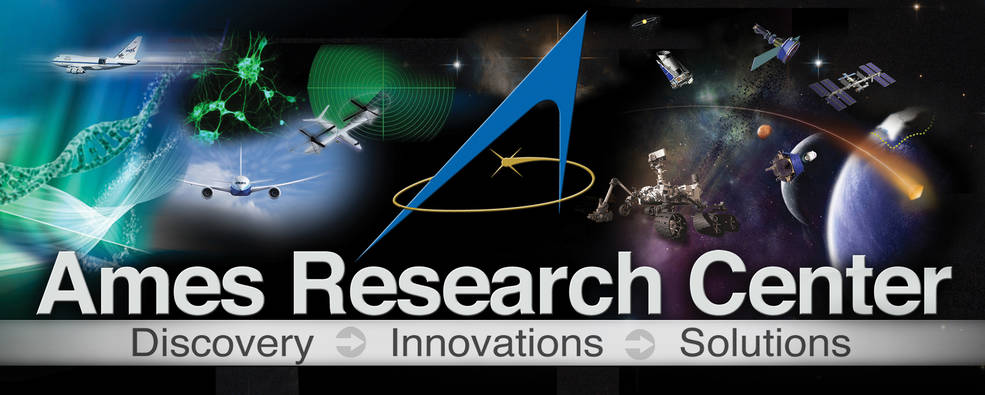From Take Off to Landing, NASA and Boeing Work Together to Launch Commercial Crew
by Gianine Figliozzi
When Boeing launches its uncrewed maiden voyage of the CST-100 Starliner to the International Space Station this week, it will mark a critical milestone toward NASA’s return of launching American astronauts to space using American spacecraft from American soil.
Private companies already play an instrumental role in the U.S. space program by ferrying critical research, supplies and other cargo to the space station through commercial resupply services contracts. In this next phase, commercial crew partners Boeing and SpaceX will carry humans, like a taxi or a city bus shuttling people to their destination and home again. NASA’s goal is to become one customer of many customers in a robust low-Earth orbit economy, enabling the agency to realize the next generation of human space exploration through the Artemis program to the Moon and on to Mars.
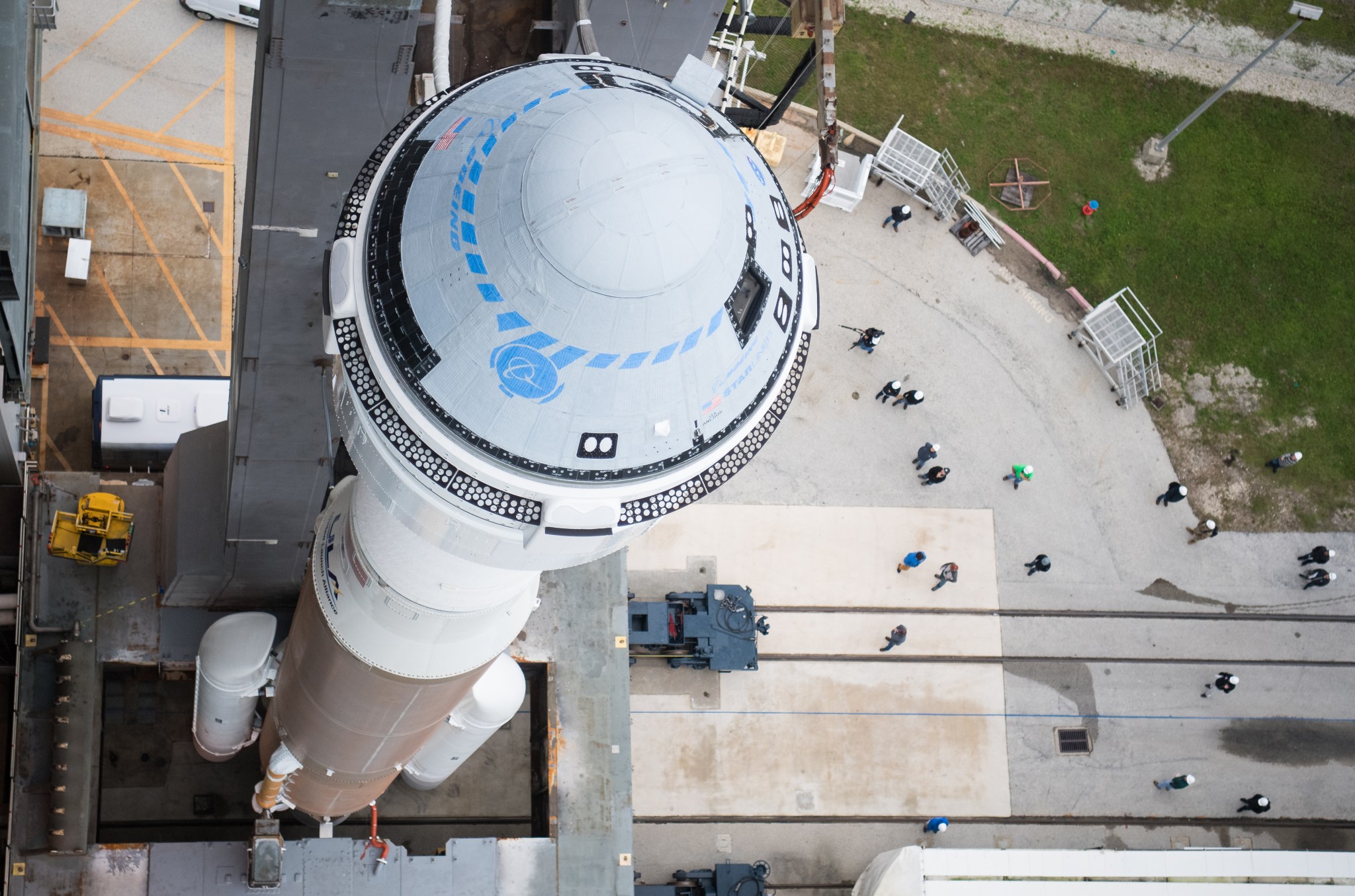
For full story, see: NASABoeing
Ames Celebrates 80th Anniversary with Cake and Opportunity to Submit Time Capsule Letters
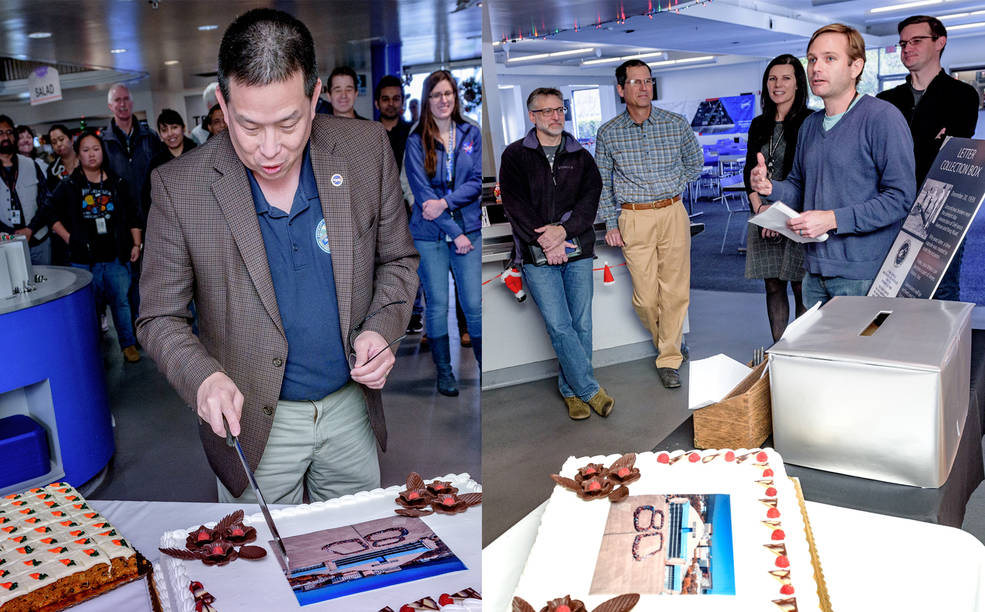
Testing Air Taxis, Drones and More with NASA’s Multirotor Test Bed
by Abigail Tabor
City dwellers’ daily commutes may soon take flight, the rotors of their air taxis spinning as they lift off from the rooftops. In anticipation of this coming era of air travel, called Urban Air Mobility – and many other applications – NASA has developed a flexible way to test new designs for aircraft that use multiple rotors to fly. The Multirotor Test Bed, or MTB, will let researchers study a wide variety of rotor configurations for different vehicles, including tiltrotor aircraft, mid-sized drones and those future air taxis.
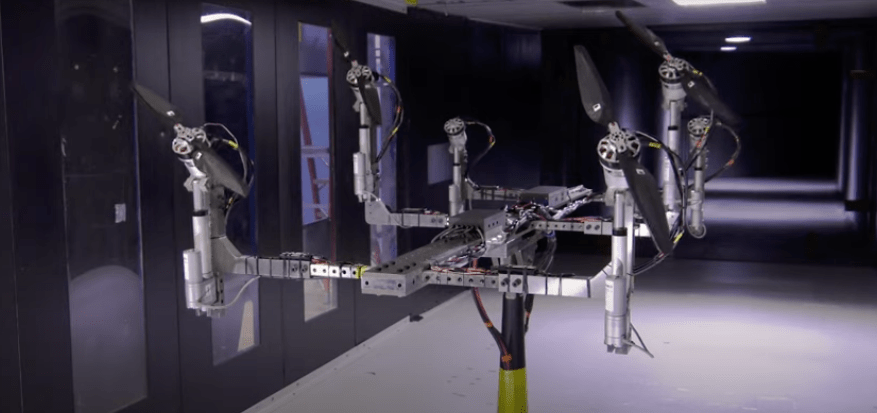
For full story, see: Multirotor
Ames Highlights Partnership Opportunities, Shares Moon-to-Mars Campaign Exhibit
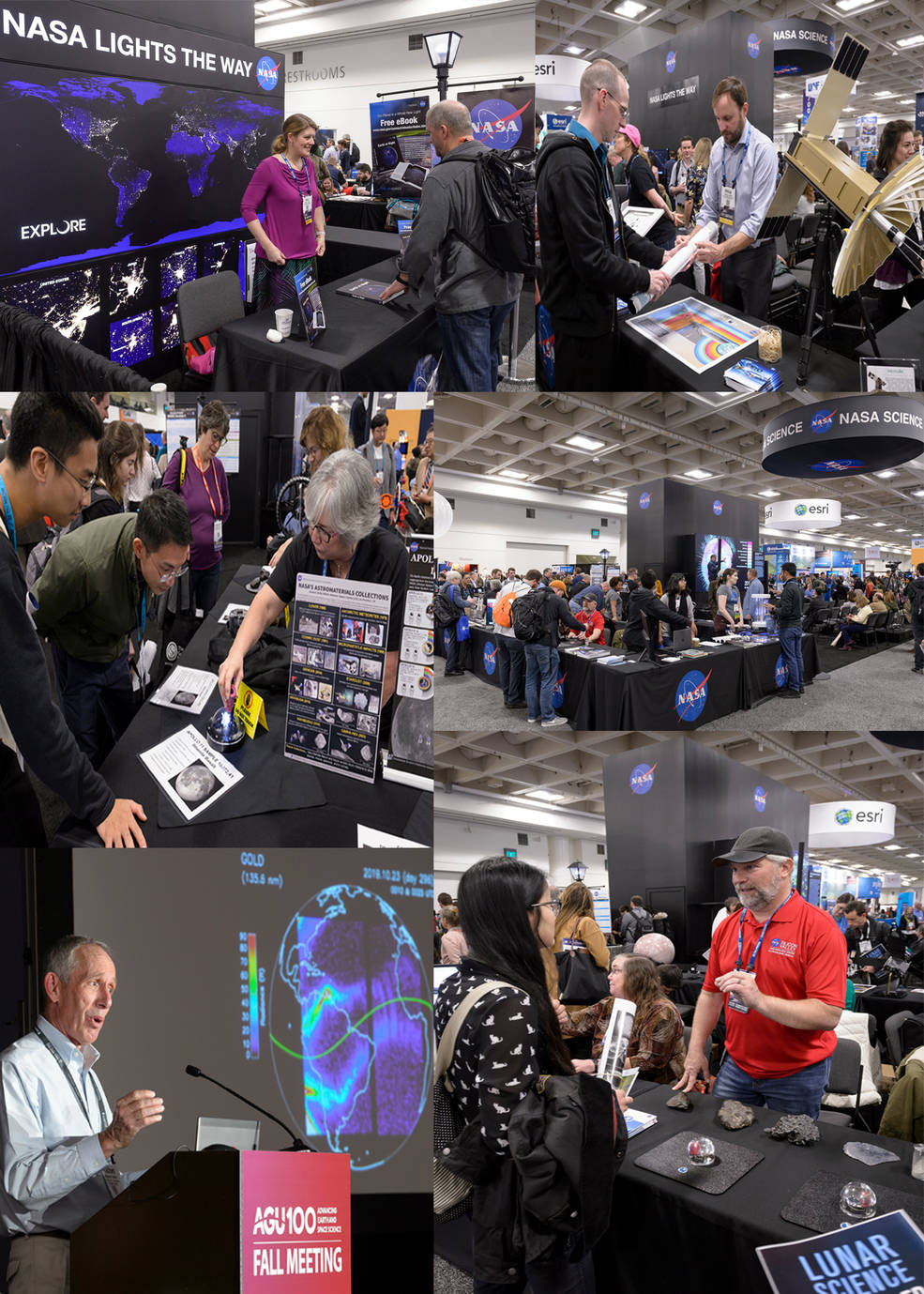
Clues to Mars’ Lost Water
by Kassandra Bell
Mars may be a rocky planet, but it is not a hospitable world like Earth. It’s cold and dry with a thin atmosphere that has significantly less oxygen than Earth’s. But Mars likely once had liquid water, a key ingredient for life. Studying the history of water can help uncover how the Red Planet lost water and how much water it once had.
“We already knew that Mars was once a wet place,” said Curtis DeWitt, scientist at the Universities Space Research Association’s SOFIA Science Center. “But only by studying how present-day water is lost can we understand just how much existed in the deep past.”
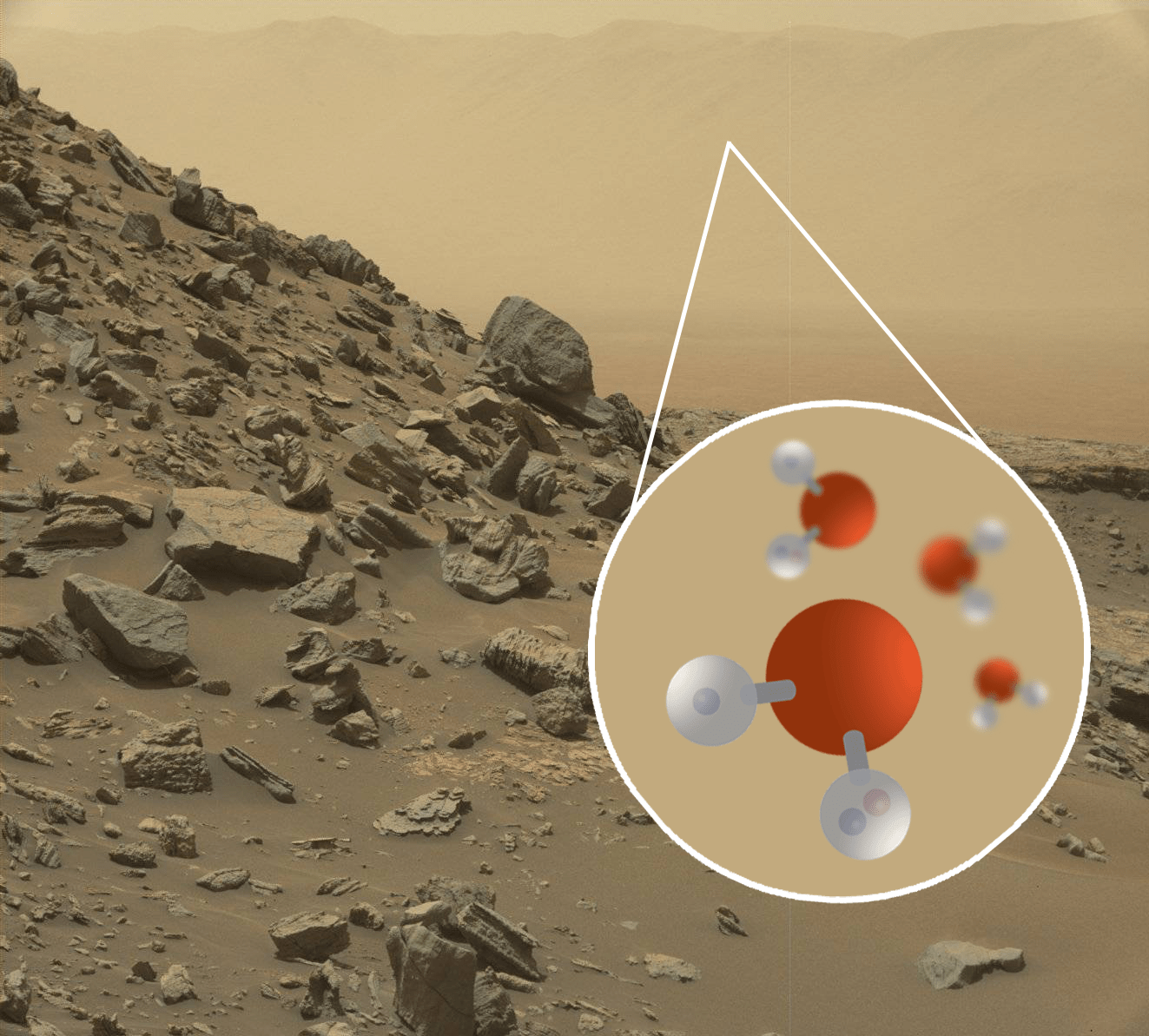
Credit: NASA/JPL-Caltech/MSSS/SOFIA
For full story, see: MarsWater
How to Shape a Spiral Galaxy
by Kassandra Bell
Our Milky Way galaxy has an elegant spiral shape with long arms filled with stars, but exactly how it took this form has long puzzled scientists. New observations of another galaxy are shedding light on how spiral-shaped galaxies like our own get their iconic shape.
Magnetic fields play a strong role in shaping these galaxies, according to research from the Stratospheric Observatory for Infrared Astronomy, or SOFIA. Scientists measured magnetic fields along the spiral arms of the galaxy called NGC 1068, or M77. The fields are shown as streamlines that closely follow the circling arms.
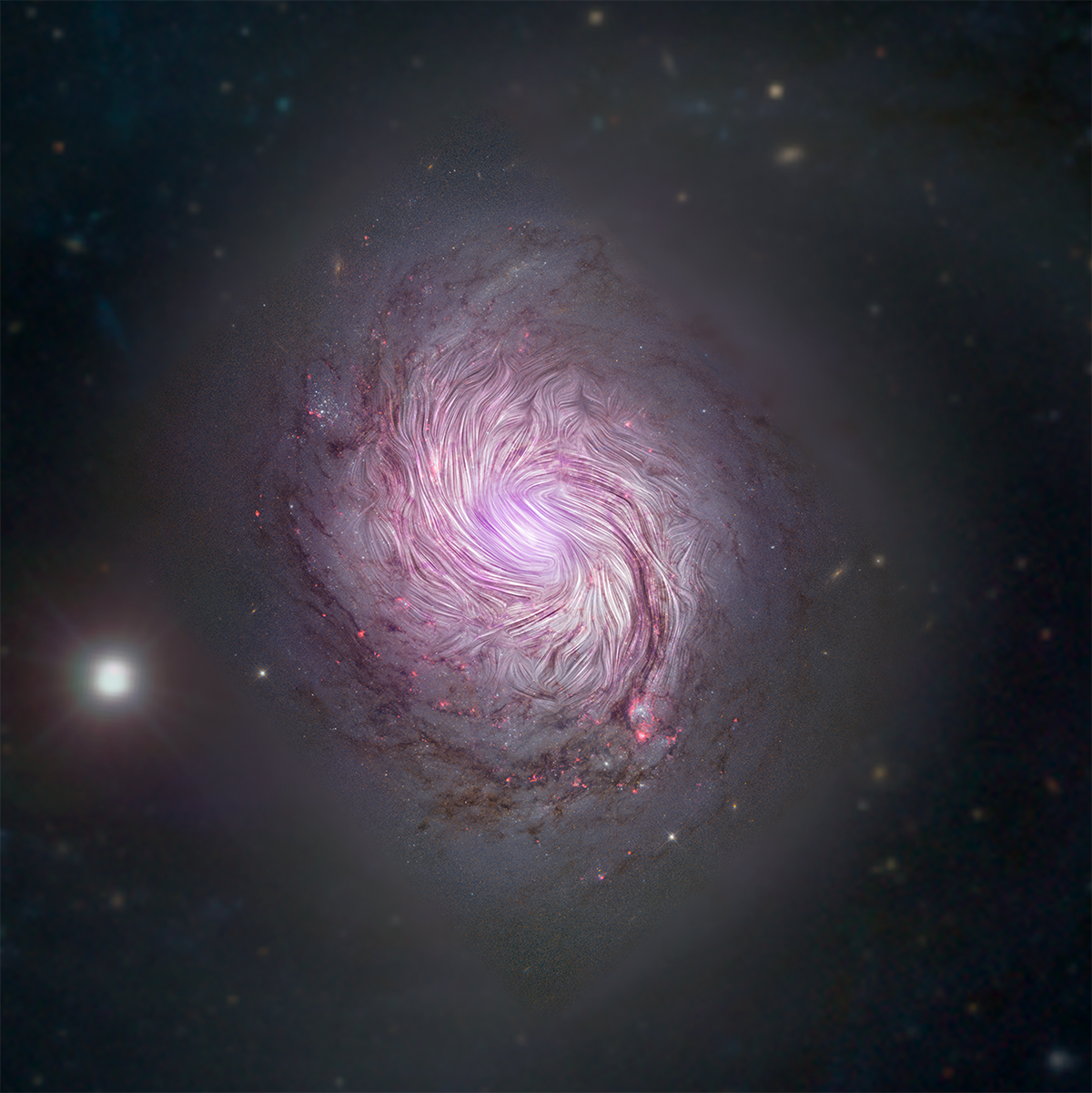
For full story, see: spiralgalaxy
Experts on Earth Could Support Astronaut-Scientists on Mars, if They Team Up from the Start
by Abigail Tabor
Science experts on this planet will be able to guide astronauts’ scientific exploration on Mars while it’s happening, despite a sometimes 40-minute round-trip lag in communications with Earth, NASA’s BASALT project finds.
A scene that first played out on the Moon in 1972 happened again, years later, in Hawaii. While exploring the lunar surface, Apollo 17 astronaut and geologist Harrison Schmitt spotted some bright orange soil – an important clue about the Moon’s volcanic history. You can hear the excitement in his voice in recordings, but mission control in Houston couldn’t see what was so remarkable in the video beamed back to Earth.
In 2016, on the lava fields of Hawaii’s Kilauea volcano, a project called BASALT, short for Biologic Analog Science Associated with Lava Terrains, was getting under way. The “astronauts” here were researchers simulating a Mars mission, complete with a scientific support team “back on Earth” – a meeting room a few miles away. Building on the work of Apollo, they were studying how human missions to the Moon and Mars could combine scientific research with exploration.
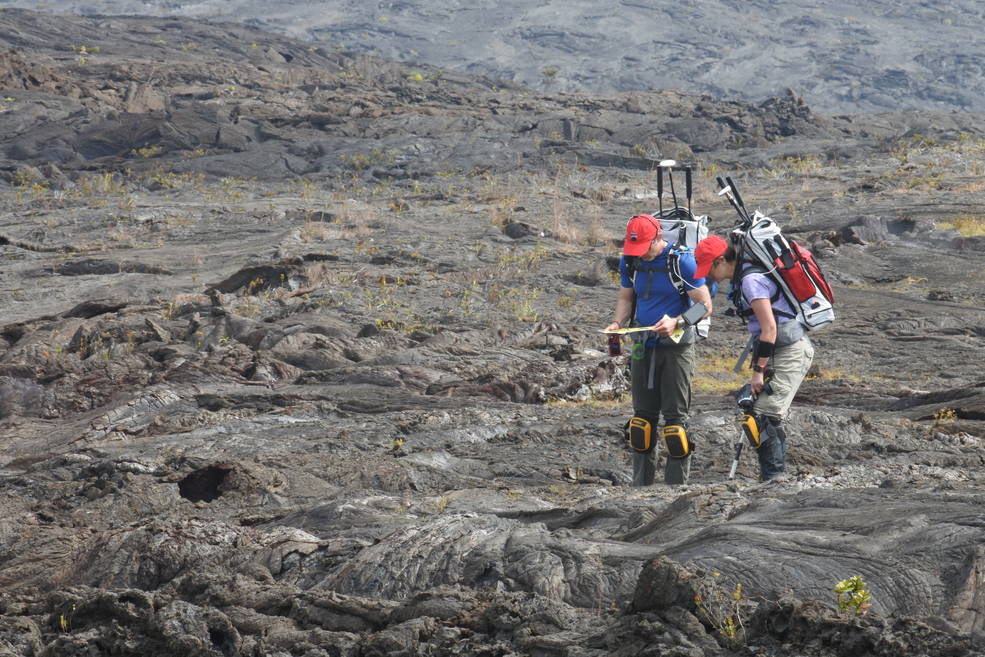
For full story, see: BASALT
Fall Students Present Their Innovative Ideas at Poster Session
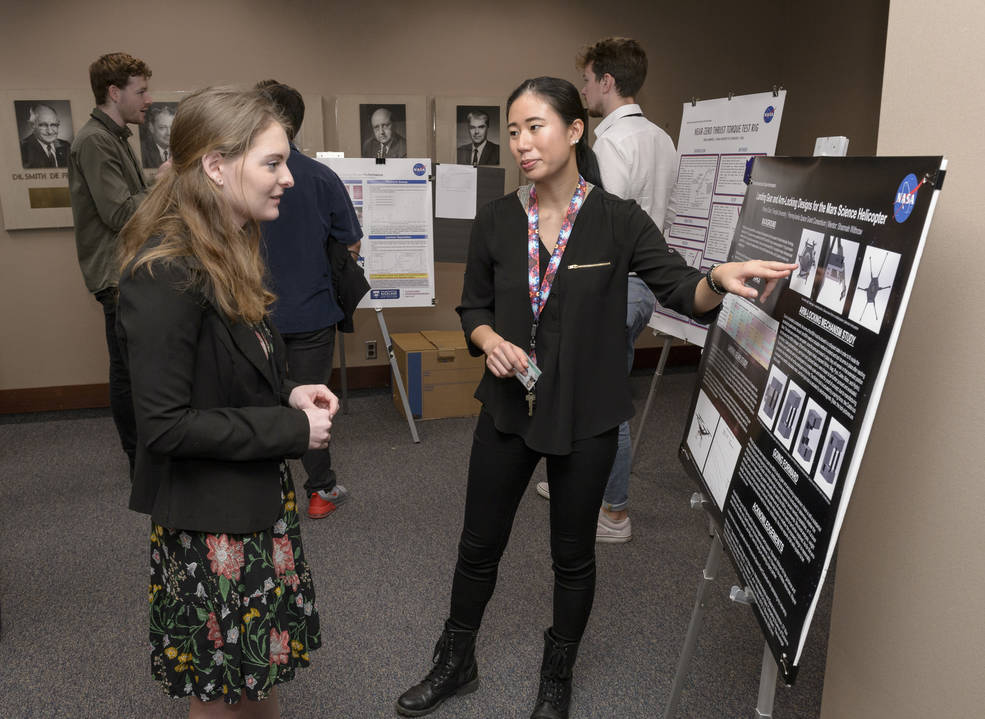
Miwa Hayashi Discusses How to Improve the Efficiency of Aircraft Metering Practices
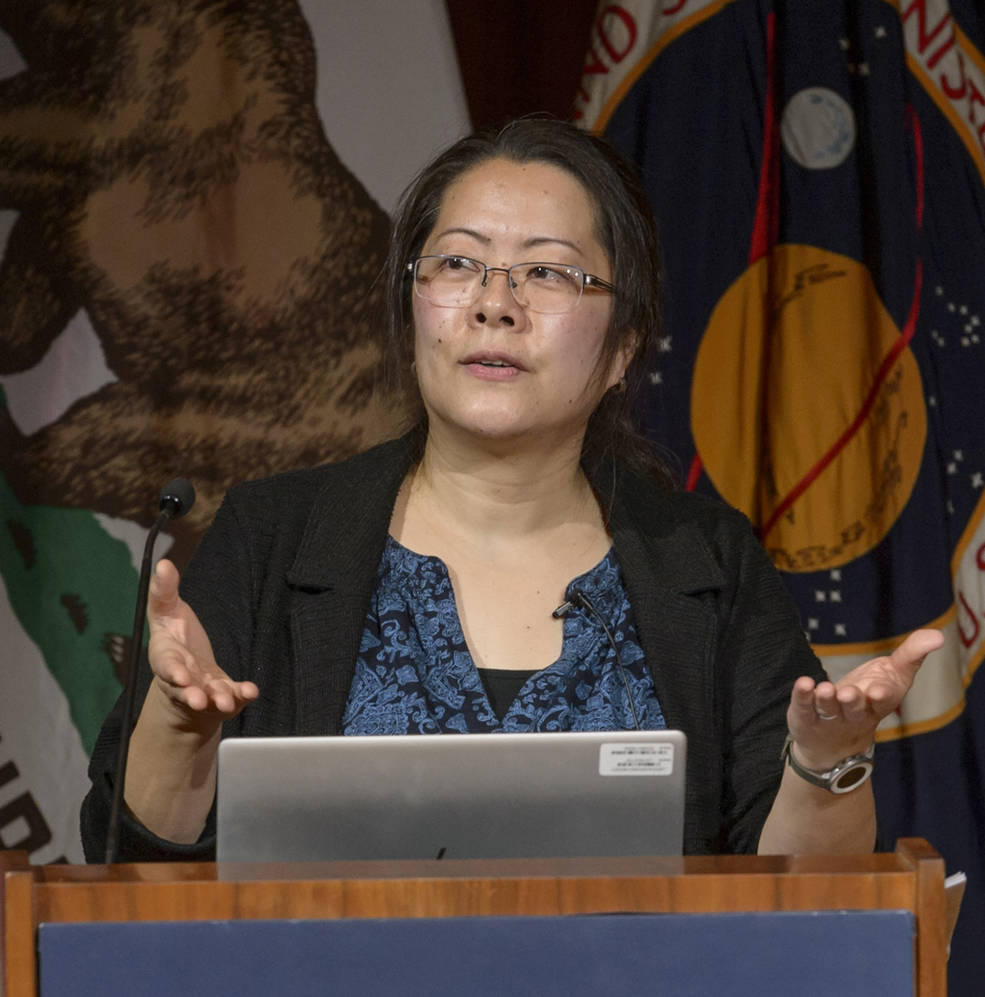
Ames Families & Friends Enjoy Holiday Event, “Back to the Moon & the North Pole”
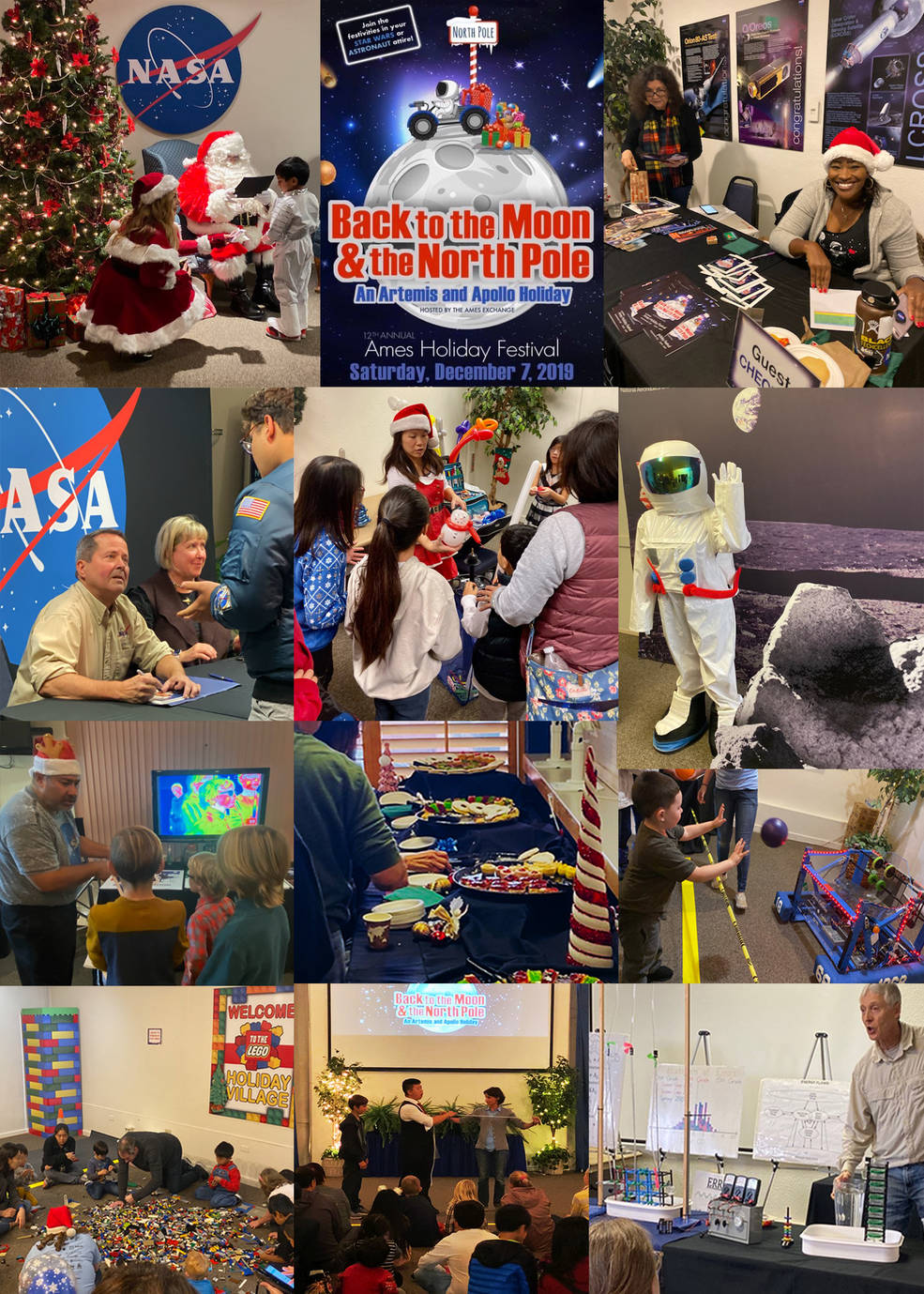
Ken Wright Presents All Hands on Enhancing Innovation at NASA
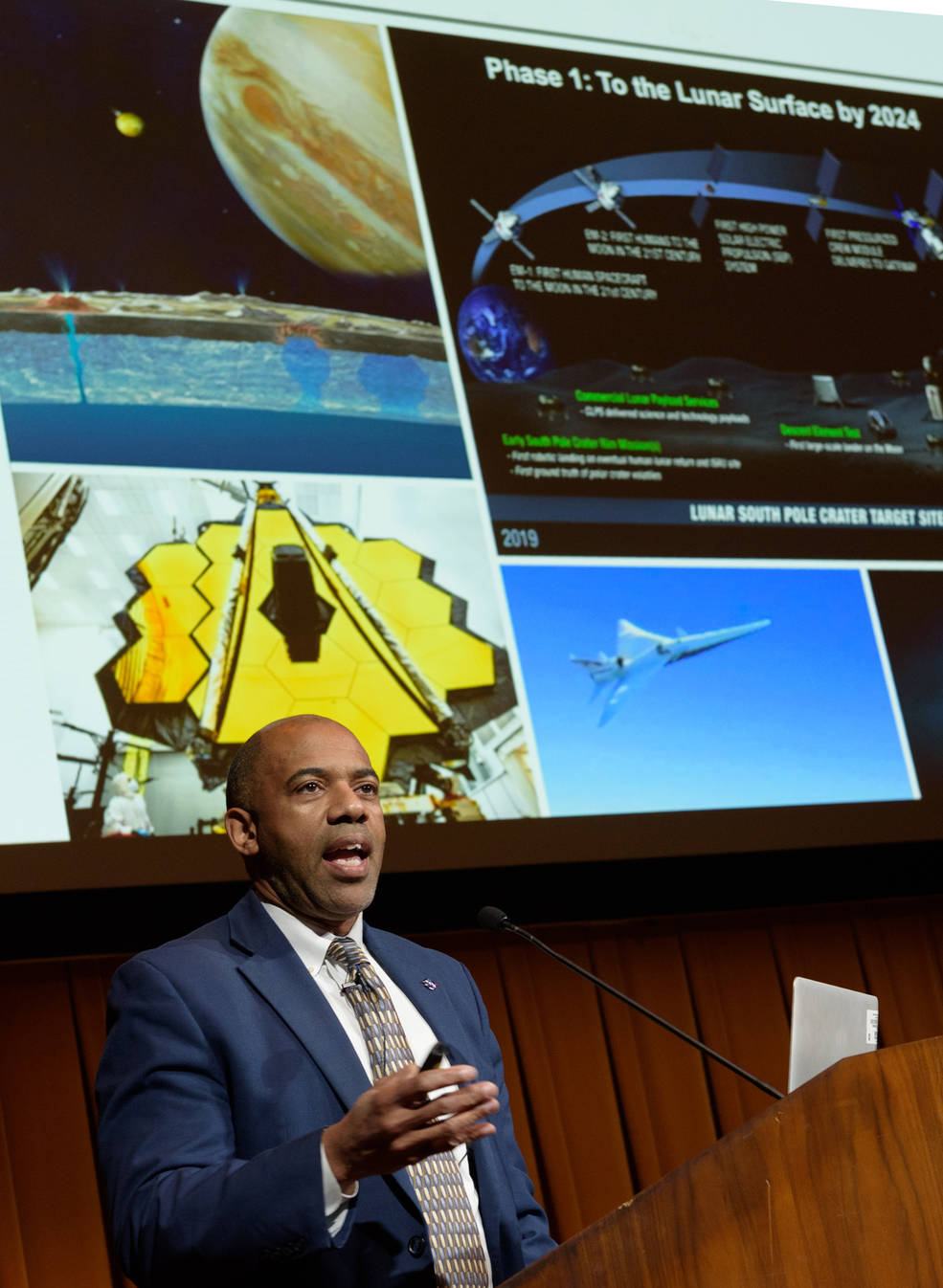
Associate Administrator Stephen Shih Conducts Anti-Harassment Training
